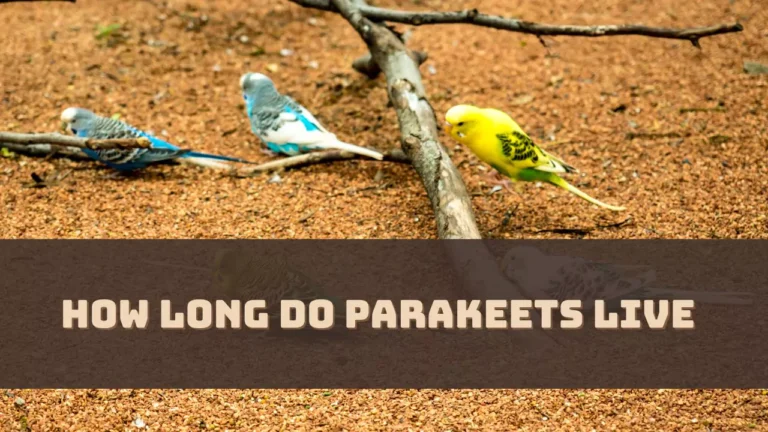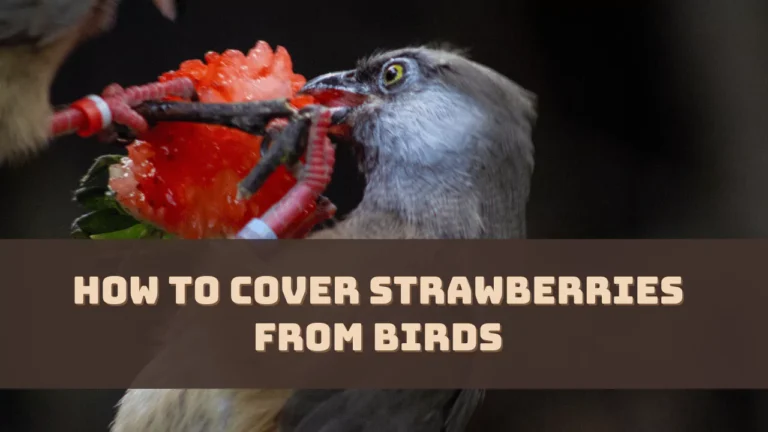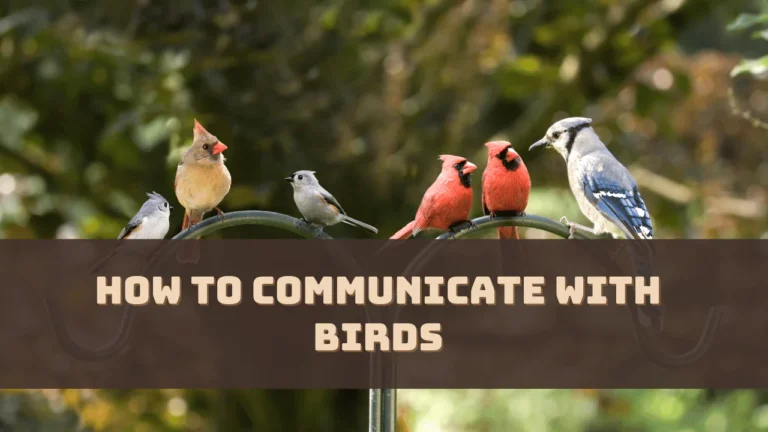Birds apply various strategies to protect themselves from severe environmental conditions, changing weather and climate, and predators. Their most common defense mechanisms are- distraction display, direct confrontation, camouflage, flight retreat, and more.
So, let’s get to the depth and know more about these strategies.
How Birds Protect Themselves?
The defense strategies of birds are based on behavioral, morphological, and physiological adaptations. Here are the common ways they protect themselves from threats:
Camouflage
Using the Camouflage technique, birds can blend seamlessly with the environment so that the predator cannot detect them. This strategy can also be divided into three categories, such as –
- Plumage Camouflage – Here the birds hide themselves using a combination of pigments and patterns that closely match with the surroundings. This technique is mostly applied by the birds that live within the forest, having mottled plumage, which helps them to blend with the light and shadow formation on the forest floor.
- Natural egg camouflage – It is the ability to blend the eggs with the surroundings which includes the nesting material. The eggs resemble the colors and patterns of the environment which ensures that the eggs remain untraced by the predators.
- Behavior-induced camouflage – It is seen in a limited number of bird species, where they smear dirt on the eggs so that they can remain undiscovered by predators.
Living Near “Protector” Species
Some birds are seen to form mutualistic relationships with the birds and predators, where both parties benefit from each other. These predators actually prevent other birds from approaching the nest, keeping the birds, eggs, and young ones safe, and in return the predators are given dropped chicks as food. It also reduces the competition for nesting sites as most birds prefer not to venture close to these areas.
Nest Cover and Concealment
Birds try to safeguard their eggs and young ones from predators, by covering and concealing the nest. When the birds look for nesting sites, they select the one that has dense vegetation or an elevated surface so that the ground predators cannot reach the nest, minimizing the risk of detection.
Vegetation acts as a visual cover as well as a physical barrier, which makes it difficult for a predator to determine whether there is a nesting site around. Birds can also employ natural elements such as leaves, twigs, and moss to cover the nest, increasing the chance of successful hatching of the baby birds.
Flight Retreat
When birds face any land-based predator, they take flight, which acts as a defense mechanism. It is their way of retreating and seeking refuge in a safe and secure location, where a predator won’t be able to reach. If they are attacked in the open air by flying predators, they can also escape them with speed and agility.
While applying the strategy of flight retreat, the birds make an alarm noise or call to warn the other members of the flock. The other member would either fly away getting the threat warning or form a group and attack the predator, the natural instinct varies from one species to another. To get away from the clutches of the predators, birds also work through vocal communication and work together as a collective defense.
Distraction Display
Birds also employ a distraction display where the bird species distract the predator’s attention to protect their nest and hatchlings. The trick is to create loud noises to show as if they are injured, which would draw the predator’s attention and the nest won’t be their focus anymore.
However, if the young ones are threatened, some species of birds can even opt for direct confrontation. Birds are also seen to mob the predators when they face a large-sized predator, where multiple birds attack the birds in a group, displaying aggressive behavior.
Migration
When the environment is not favorable for survival, birds migrate to find suitable conditions and access to food and habitat. When the seasons change, some birds travel short distances, while others travel long distances either to reach the breeding ground or feeding ground. This helps to avoid adverse weather and also predators, as environmental challenges make a bird vulnerable to becoming prey.
Chemical Defense
Some species of birds implement chemical strategies to protect themselves, either by secreting foul smells or toxins that act as a repellent, deterring the predators and it also makes the birds less appealing to become prey. Some birds are also seen to attach natural repellent plants around their nest, which prevents the predators from attacking the vulnerable eggs or baby birds.
What are The Different Types of Nesting Strategies Applied?
Birds have four nesting strategies, based on location, access to food sources, weather, and presence of predators, such as –
- Ground nesting is where the nest is located on the ground surface. Often, a shallow scrape is dug on the earth and the egg is laid.
- Cavity nesting is where birds build their nest in the hollow cavity of the tree or they can even choose man-made structures or a bird house.
- Platform nesting is where the nest is built on a tree branch or any other structure, such as a building ledge.
- Cup nesting is where the bird uses twigs and grasses to interlock and weave the material, forming an enclosed wall.
How Do Eggs Get Pigmented?
Eggs are pigmented due to two complex molecules that are synthesized by the shell gland of the bird, protoporphyrin, and biliverdin. The reddish color of the egg is due to protoporphyrin and the bluish and greenish tint of the egg is biliverdin. The two chemicals can work together to form a combination of both colors, produce a new color, or make the egg spotted. These pigments help the eggs to blend with their surroundings so that they can stay protected from potential threats.




